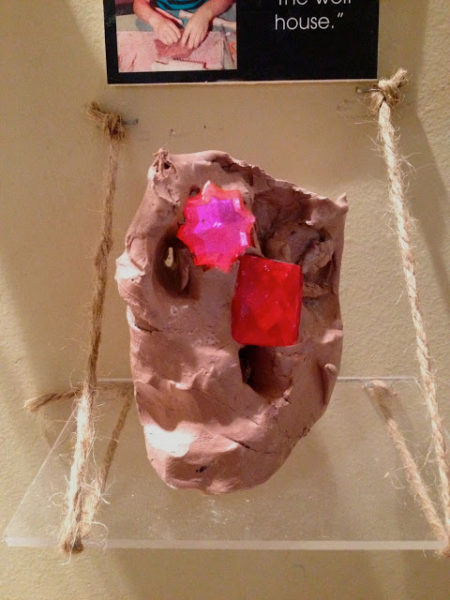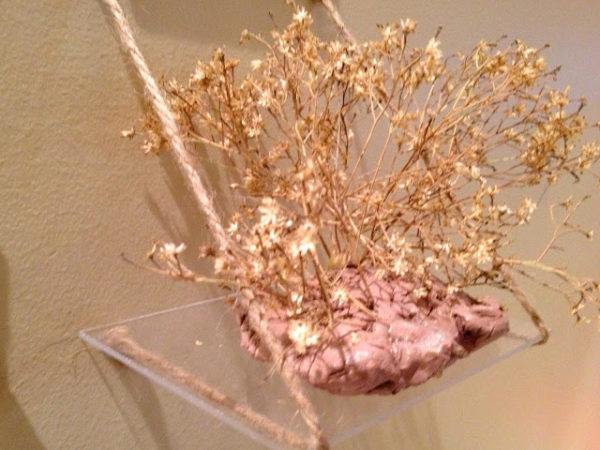In this post, we explore the creative world of children's clay exploration. Building on that exploration, we invite you to learn more about the benefits of clay play in our latest article: ‘The Benefits of Clay Play: Understanding the Exploration Stage of Children.”
The following photos are from two classrooms at Rosa Parks Preschool, Mrs. Winters and Mrs. Terry. A huge thank you to the teachers!!
 4
4
It begins with one slice of clay.
A blank canvas receptive to endless explorations . . .
Squishing and pulling pieces off.
Using a tool to make markings and indentations.
Exploring the ability the clay has to hold an object upright.
Making textures and impressions.
Working with the small pieces – focusing on the details.
Clay exploration pieces on display. Mrs. Terry figured out how to make these great shelves. Love it!
The clay pieces are allowed to air dry.
I noticed one teacher had put an acrylic finish over some of the dried pieces and it worked beautifully.
TIPS:
Provide clay boards. A clay board is a board covered in muslin. You can use a tray as well.
Provide a piece of clay on the board.
Do not instruct the children. Allow open and free exploration.
Clay play works well as a small group center or station with 4 to 6 children.
BENEFITS OF CLAY PLAY:
[If you're interested in a more in-depth exploration of these benefits and gaining a better understanding of the exploration stage of children, check out our latest article ‘The Benefits of Clay Play: Understanding the Exploration Stage of Children‘ for further insights.]
- Developmental growth:
- Manipulating (squishing, squeezing, pulling, pushing, etc) a piece of clay helps develops the child’s large and small muscles – improving dexterity.
- Fosters eye-hand coordination.
- Builds a child's ability to focus/builds attention span.
- Mathematical Understandings:
- Fosters beginning pattern making.
- Builds an experiential understanding of 3-dimensional shapes.
- Tactical experience of size and weight differences
- Literacy growth:
- builds vocabulary – pound, pinch, roll, flatten, poke, tear squeeze, coil, stretch, squash, twist, and bend
- Creative story telling with clay pieces
And so much more!












What type of clay is this? I know you said it air dries, but is it suppose to be fired? Did they tell you if the kids leave the clay there, or take them home? I’m starting a preschool next year and have been so inspired by the Reggio philosophy!
I just discovered your website, it has so many great ideas! Thank you!
It is red clay. And yes, normally it would be fired but we let it air dry. The children did not take the clay home. Hope that helps!
Best boards to use? Wood? Plastic? What would you suggest? Thank you!
I prefer plastic – here’s a great article detailing how to work with clay with children.
http://www.theartofed.com/2011/02/04/never-stress-during-clay-again/
When giving the clay to children as a open ended material. What other equipment might u add. As I have a 4 day project to do with clay and have no idea what to do?
Natural preferably.
How did she make those shelves?! I’ve been trying to think of a good way to display the children’s clay creations!
advantages of clay work
What ages were the children? Pe school? and I guess the children’s work could be fired if they want to keep it?
Yes, absolutely. Firing is not always possible. There is value in clay play that is purely sensory.